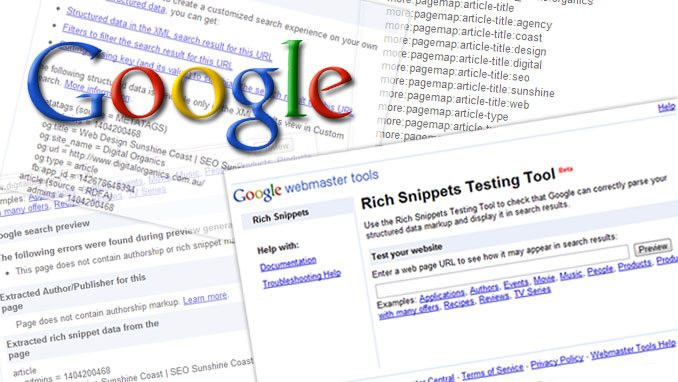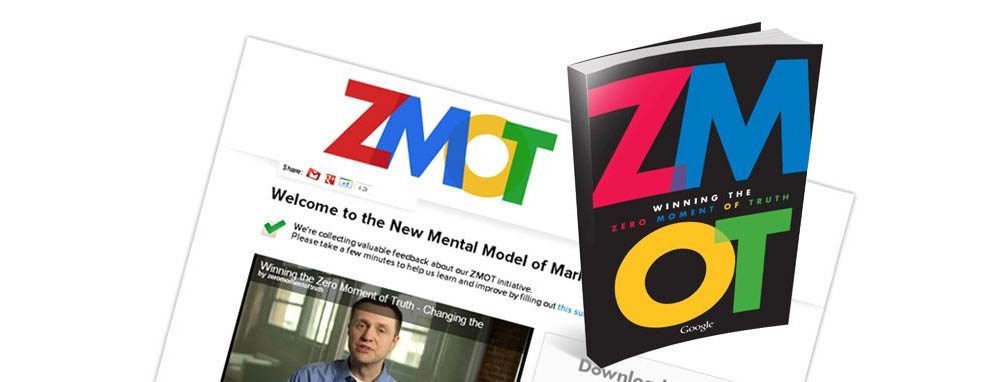High rankings in the Search Engine Results Pages (SERP) are no longer enough. These days rich snippets are part of increasingly enhanced SERPs designed to help people make decisions before they click.
Snippets are the lines of additional information that appear in a search result in Google. They are designed to give user a sense of what a webpage may contain as they give detailed information for specific queries.
Benefits of rich snippets
Rich snippets help users discover sites that are relevant to their searches, resulting in higher click-through rates. It draws a user’s attention to a relevant result providing instant information as related to their query.
It gives users quicker access to information and also give webmasters an extra layer of optimization to higlight the contents of a site.
This provides a short blurb about a website’s content without actually requiring a user to dig through countless webpages for specific knowledge.
What types of content rich snippets appear?
Rich snippets may appear in search result categories or types such as restaurants (average review, number of stars, price range), recipes (photo, rating, time required), music albums (lyrics and a link to play the song), video (video image), people (phone number and photos), products (ratings, picture, and price range), business and organizations (location and customer review), events (date, location, and time), and authors (photo, name and link to more article).
This structure data help search engines to understand larger concepts. It categorizes information into specific properties and items that are recognize by search engines. For instance, HTML5 microdata specification is designed to use span and div tags to recognize ideas.
Results using rich snippets have higher visibility within the SERPs. It increases the click-through rates (CTR) from organic search engine results pages. They are a visual way for businesses to display products, prices and reviews quickly.
Using Rich Snippets
Once you’ve decided to give rich snippets a try, it is important to know how to markup your website content to create the snippets and determine the best way to test your results.
First, take the right steps to help Google identify rich snippet data from your website. Pickup a markup format, whether it’s microdata, microformats, or RDFa. Then markup the content using HTML tags to give descriptive names to text. Examples of content tags would be: venue, event, time, and rating.
Now test your rich snippet markup by checking on to http://www.google.com/webmasters/tools/richsnippets. It will read the marked up data, and the user can see if rich snippets are appearing. When Google discovers the new markup on your site, it will begin reading the tags and displaying rich snippets for you site within the SERPs.
Tips and tricks for creating rich snippets
Complete Google’s request form to let them know rich snippet tags have been added to a website.
Make sure rich snippet content is visible to human users. Google will not display hidden content.
Make sure the markups match the requirements for each content type.
Verify that tags and attributes are in the correct format.
Make sure the marked up content represents what is on the actual webpage.
Rich snippets help break up lines of text in the SERPs. Adding to its aesthetical factor which draw more attention than plain text, rich snippets generate more click through rates.
Many companies have seen a 20-30% rise in click-through rates when using rich snippets. Users eventually know what to expect before accessing the site. The result is more qualified visitors who are likely to stay on the site longer.





